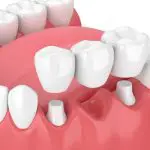Say Goodbye to Gaps in Teeth: Effective Solutions on How to Fix Them
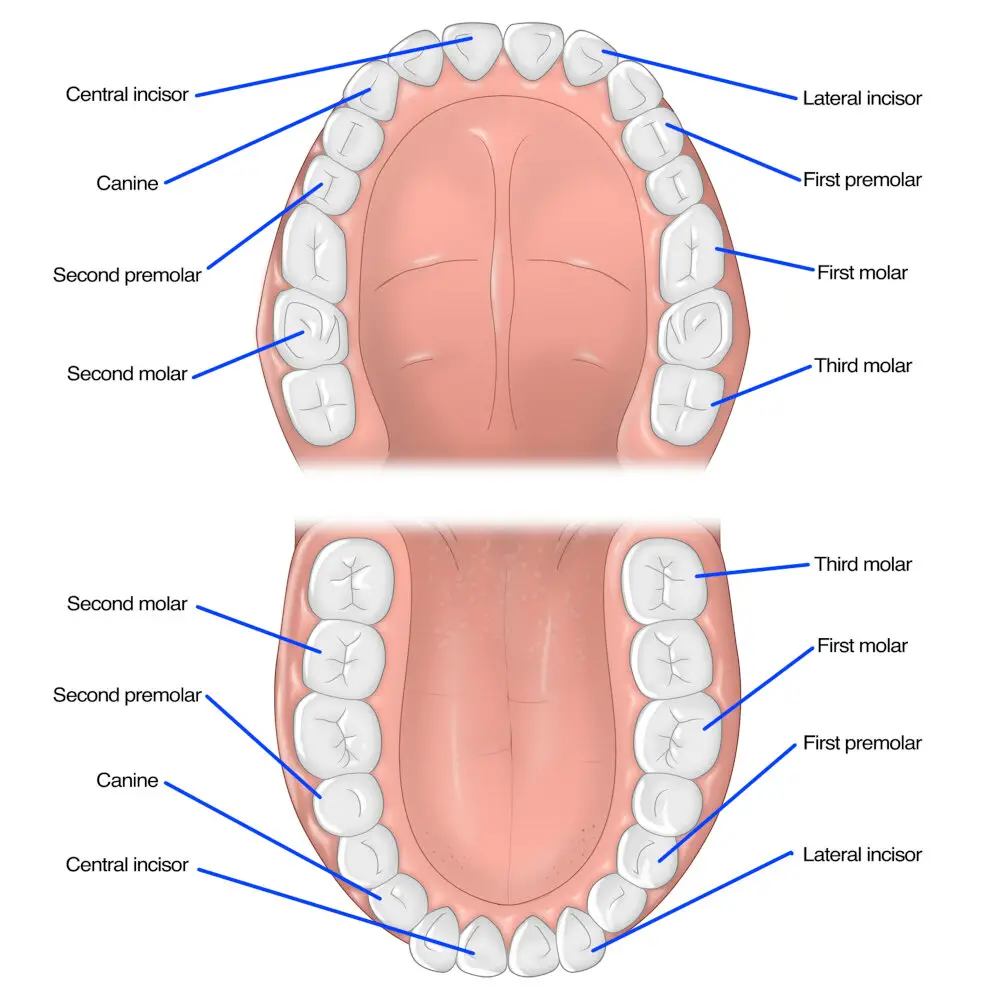
Gaps in teeth, or diastema, is a common dental condition that affects many individuals worldwide. While some people may embrace their gaps as a unique characteristic, for others, it can cause self-consciousness and affect their confidence. Fortunately, there are various effective solutions available to fix gaps in teeth, ranging from non-invasive procedures to more complex dental treatments. One of the most popular solutions to fix gaps in teeth is dental bonding, a non-invasive procedure that involves applying a tooth-colored resin to the affected area. Another option is the use of porcelain veneers, which are thin shells of porcelain that are placed over the front of the teeth to close the gaps. More complex treatments, such as orthodontic treatment with braces or aligners, may also be necessary for larger gaps or misaligned teeth. With the advancement of modern dentistry, there are now more options than ever before to effectively fix gaps in teeth and achieve a confident, beautiful smile.
Gaps in teeth, also known as diastema, refer to the spaces between teeth that are larger than normal. These gaps can occur anywhere in the mouth but are most commonly seen between the two front teeth. Diastema can be caused by a variety of factors, including genetics, tooth size and jawbone development. Some people may embrace their gaps as a unique feature, while others may feel self-conscious about them. Fortunately, there are effective solutions available to fix gaps in teeth, such as orthodontic treatment, dental bonding, veneers and implants.
Gaps in teeth, also known as diastema, may be a concern for some people due to aesthetic reasons. Gaps may cause the teeth to look misaligned or create an uneven smile, leading to self-consciousness and a lack of confidence. Additionally, gaps may cause difficulty in speech or biting and chewing food. These concerns may lead individuals to seek solutions to close the gaps in their teeth, such as orthodontic treatments or dental bonding. Ultimately, the decision to address gaps in teeth is a personal one, but for those who are bothered by them, there are effective solutions available to restore a confident and healthy smile.
Orthodontic Treatment Options
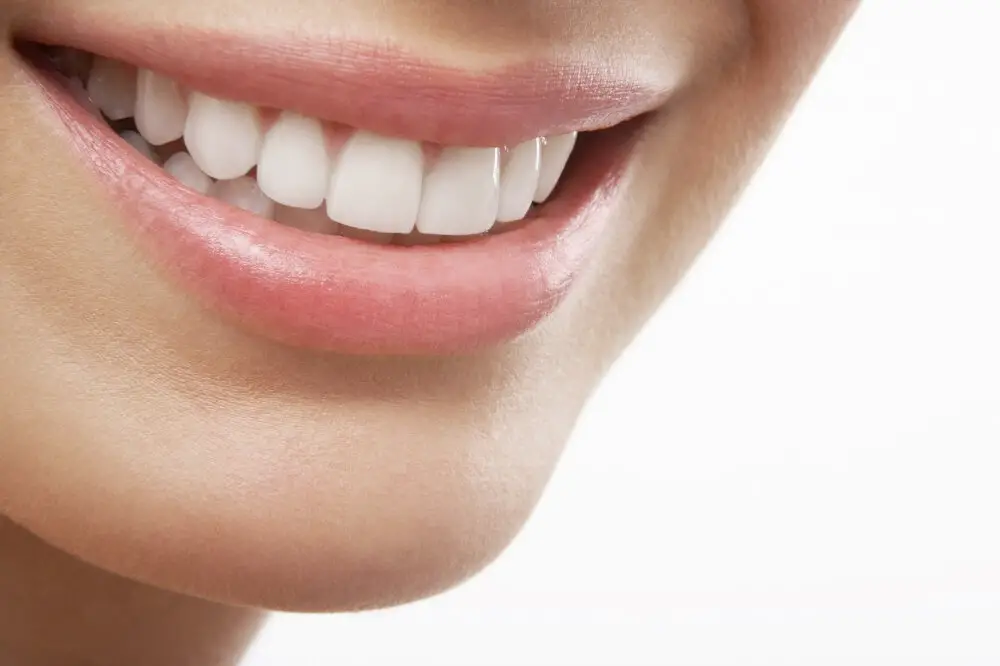
Orthodontic treatment options are available for individuals who are looking to fix gaps in their teeth. These treatments can help to improve the appearance of your smile, correct any bite issues, and even improve your overall oral health. One of the most common options for orthodontic treatment is braces. Braces consist of wires and brackets that are placed on your teeth and gradually shift them into the desired position. They can be made from different materials, including metal, ceramic, and even clear plastic, making them a discreet option for those who are conscious about their appearance. Braces can be used to treat a variety of dental issues, including gaps, overcrowding, and misaligned teeth. Another orthodontic treatment option is clear aligners. These are removable trays that fit over your teeth and are changed every few weeks to gradually move your teeth into the desired position. Clear aligners are an excellent choice for those who want a more discreet option than traditional braces. They are also more comfortable and easier to maintain than braces since they can be removed during meals and brushing. Clear aligners are suitable for treating mild to moderate dental issues, including gaps between teeth. However, they may not be as effective for more severe cases, and the treatment may take longer than with braces.
Braces are one of the most effective solutions to fix gaps in teeth. These orthodontic devices consist of brackets, wires, and bands that work together to gradually shift teeth into their desired positions. Braces can be made from different materials, including metal, ceramic, and plastic, and can be customized to fit the unique needs of each patient. While braces can be uncomfortable and require regular adjustments, the end result is a beautiful and healthy smile that can boost self-confidence and improve overall oral health. With proper care and maintenance, braces can provide a long-lasting solution to gaps in teeth and other orthodontic issues.
Invisalign is a modern dental treatment that offers an alternative to traditional braces. It uses clear, custom-made aligners that are virtually invisible, making it an ideal option for those who are conscious about their appearance. The aligners are removable, making it easy to maintain oral hygiene and eat without any restrictions. Invisalign treatment is a comfortable and efficient way to fix gaps in teeth, as well as other orthodontic issues like overcrowding and bite problems. The treatment process involves a series of aligners that gradually shift the teeth into their desired position. Unlike traditional braces, Invisalign aligners do not require frequent adjustments, which means fewer trips to the dentist. Overall, Invisalign treatment provides a discreet, convenient, and effective solution for those looking to fix gaps in their teeth.
Clear aligners are a modern and effective solution for people with gaps in their teeth. This orthodontic treatment involves wearing a series of clear, removable trays that gradually shift your teeth into the desired position. Clear aligners offer several advantages over traditional braces, including improved comfort, easier cleaning, and a more discreet appearance. They are also more convenient for those with busy schedules as you only need to visit your orthodontist every few weeks for a new set of trays. With clear aligners, you can say goodbye to gaps in your teeth and hello to a confident, beautiful smile.
Dental Bonding
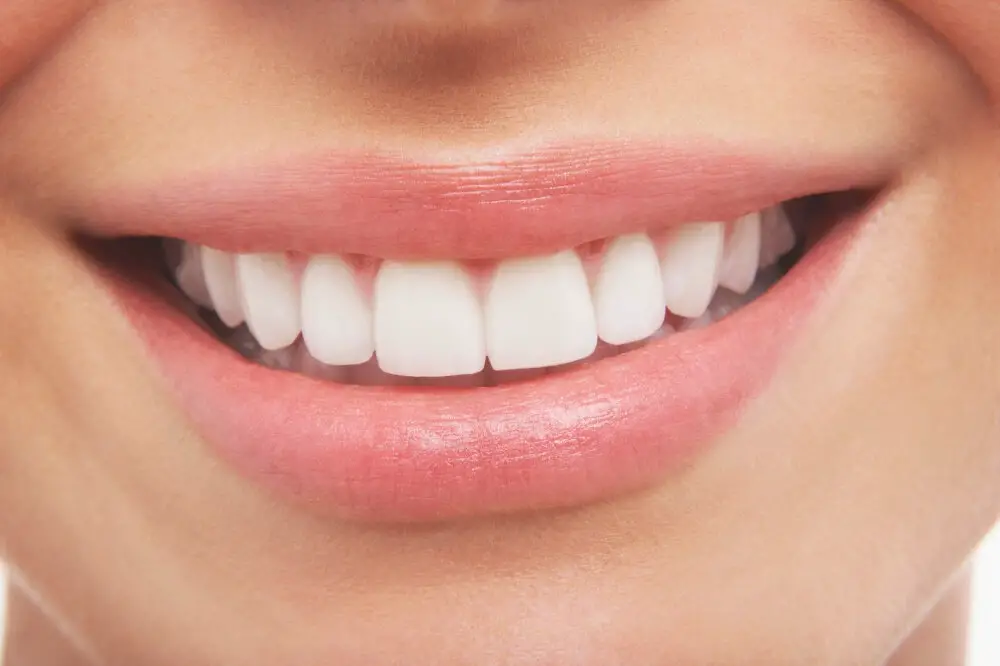
Dental bonding is a cosmetic dental procedure that involves the application of a tooth-colored resin material to the teeth. This procedure is used to improve the appearance of teeth that are chipped, cracked, discolored, or have gaps between them. During the procedure, the dentist will first prepare the teeth by roughening the surface to allow the bonding material to adhere to the tooth. The resin material is then applied and molded to the desired shape before being hardened with a special light. Once hardened, the material is polished to give it a natural appearance. Dental bonding is a quick and painless procedure that can be completed in a single visit to the dentist. It is also a cost-effective solution for those looking to improve the appearance of their teeth without the need for more extensive dental work. Dental bonding can be used to address a variety of dental issues, including gaps between teeth. By filling in the gaps with the resin material, the teeth can be brought closer together, improving the overall appearance of the smile. Dental bonding can also be used to address other cosmetic issues, such as uneven or misshapen teeth. The procedure is relatively non-invasive and can be completed in just one visit to the dentist. Patients can expect to walk away from the procedure with a brighter, more symmetrical smile that they can feel confident in. Dental bonding is just one of the many effective solutions to fix gaps in teeth, and it is an excellent option for those looking for a quick, cost-effective, and painless way to improve their smile.
Dental bonding is a cosmetic dentistry procedure that involves the application of a tooth-colored composite resin material to repair decayed, chipped, discolored, or misshapen teeth. The bonding material is carefully sculpted and shaped to match the natural contours of the teeth, and then hardened using a special light. Dental bonding is an affordable and minimally invasive procedure that can be completed in a single visit to the dentist’s office. It is a popular solution for fixing gaps in teeth, as the bonding material can be used to fill in the spaces and create a more even and uniform appearance. With proper care and maintenance, dental bonding can last for many years, providing patients with a long-lasting and effective solution for improving the look and function of their teeth.
Gaps in teeth, also known as diastema, can be a source of insecurity for some people. Luckily, there are multiple effective solutions to fix them. One popular option is dental bonding, where a tooth-colored resin is applied to the teeth and shaped to fill in the gaps. Another option is veneers, which are thin shells that cover the front of the teeth to improve their appearance. For more severe cases, orthodontic treatment such as braces or clear aligners can gradually shift the teeth into the correct position and close the gaps. With these solutions, individuals can say goodbye to their gaps in teeth and confidently show off their smile.
There are pros and cons to consider when it comes to fixing gaps in teeth. On the positive side, having gaps in teeth can be a source of self-consciousness for some people, and fixing them can improve their confidence and self-esteem. There are several effective solutions available, including orthodontic treatment, dental bonding, and veneers. However, these treatments can be expensive, and in some cases, may require multiple appointments and ongoing maintenance. Additionally, some people may prefer the unique look of their gapped teeth and may not want to change their appearance. Ultimately, the decision to fix gaps in teeth is a personal one and should be made after careful consideration of the pros and cons.
Porcelain Veneers

Porcelain veneers are a popular cosmetic dental treatment that can help to fix gaps in teeth. These thin, custom-made shells are designed to fit over the front of your teeth, effectively hiding any gaps or imperfections. Made from high-quality porcelain, veneers are durable, long-lasting, and provide a natural-looking solution to a variety of dental issues. One of the main benefits of porcelain veneers is that they are incredibly versatile. Whether you have gaps in your teeth, chips, cracks, or discoloration, veneers can help to restore the appearance of your smile. They are also a great option for people who want to make subtle changes to the shape or size of their teeth, without the need for more invasive procedures. So if you’re looking for an effective way to fix gaps in your teeth, porcelain veneers could be the perfect solution for you.
Porcelain veneers are thin shells made of high-quality dental porcelain that are custom-made to fit over the front surface of the teeth. These veneers are used to improve the appearance of teeth that are discolored, chipped, misaligned, or have gaps between them. Porcelain veneers are a popular cosmetic dental solution that can be used to create a bright, white, and even smile. The process of getting porcelain veneers involves removing a small amount of enamel from the tooth surface to make room for the veneer, taking impressions of the teeth, and then bonding the veneers to the teeth with a strong adhesive. Porcelain veneers are long-lasting and can provide a natural-looking solution to gaps in teeth.
Gaps between teeth can be corrected through a variety of methods, depending on the severity of the gaps and the patient’s preferences. One of the most common solutions is orthodontic treatment, which uses braces or clear aligners to gradually shift the teeth into the desired position. Another option is dental bonding, which involves applying a tooth-colored resin material to the teeth to fill in gaps and reshape the teeth. Veneers are also a popular solution, as they are thin shells that are placed over the teeth to improve their appearance. In more severe cases, dental implants or bridges may be necessary to fill in larger gaps and restore the patient’s smile.
Gaps in teeth can be a cosmetic concern for many individuals, leading them to seek out ways to fix them. There are several solutions available, each with their own set of pros and cons. For instance, dental bonding and veneers can effectively cover gaps but may require frequent maintenance and replacement. Braces and clear aligners can provide a long-term solution but may be uncomfortable and costly. Dental implants and bridges provide a permanent solution but can be invasive and require surgery. Ultimately, the decision to fix gaps in teeth depends on personal preference, budget, and the severity of the gap.
Dental Implants
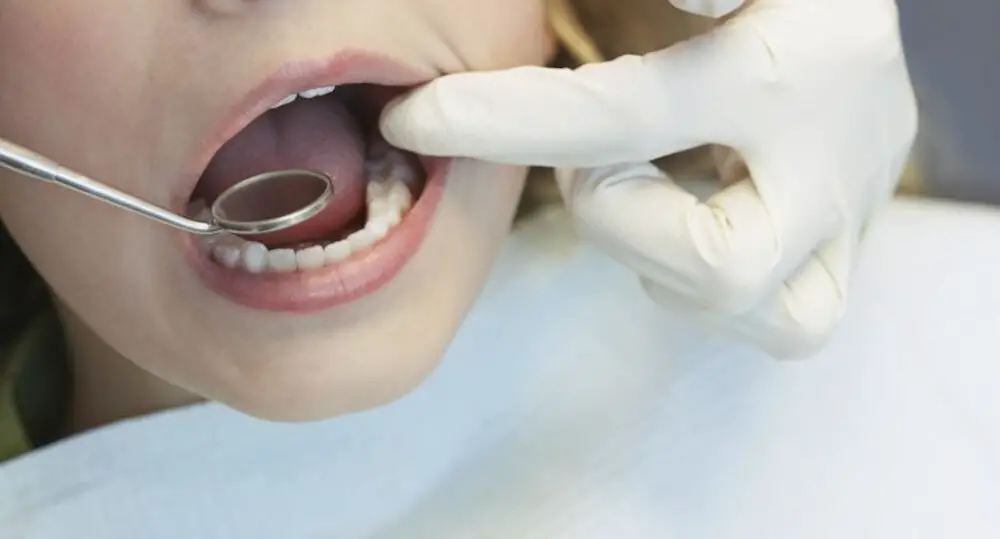
Dental implants are a popular solution for people who want to replace missing teeth. They are artificial teeth that are surgically implanted into the jawbone, providing a permanent and natural-looking replacement for missing teeth. Dental implants are made of titanium, a material that is biocompatible and fuses with the jawbone, creating a sturdy foundation for the implant. This makes them a long-lasting solution for people who have lost one or more teeth due to injury, decay, or other causes. The process of getting dental implants typically involves several steps. First, the dentist will evaluate the patient’s oral health to determine if they are a good candidate for implants. They will then surgically place the implant into the jawbone, allowing it to fuse with the bone over several months. Once the implant has fused with the bone, a connector called an abutment is attached, which will hold the artificial tooth in place. Finally, a crown is placed on top of the abutment, creating a natural-looking replacement tooth that blends in with the surrounding teeth. With proper care, dental implants can last a lifetime, making them a cost-effective and convenient solution for people who want to restore their smile.
Dental implants are a popular and effective solution for people who have gaps in their teeth due to missing teeth. A dental implant is a small metal post that is surgically implanted into the jawbone, serving as a replacement for the natural tooth root. Once the implant is placed, a restoration such as a crown or bridge is attached to the post, giving the patient a natural-looking tooth that functions and feels just like a real tooth. Dental implants are a long-term solution for missing teeth and have a success rate of up to 98%. They also help prevent bone loss in the jaw, which can occur when a tooth is missing and not replaced. With proper care and maintenance, dental implants can last a lifetime, making them a reliable and cost-effective solution for those looking to fix gaps in their teeth.
Gaps in teeth can be fixed through various methods depending on the severity of the gap. One common solution is dental bonding, where a tooth-colored resin is applied to the surface of the tooth and shaped to fill the gap. Another option is dental veneers, which are custom-made shells that cover the front surface of the teeth to improve their appearance. Orthodontic treatment, such as braces or clear aligners, can also be used to gradually shift the teeth into the correct position and close the gap. In more severe cases, a dental bridge or dental implant may be necessary to replace a missing tooth and close the gap. Consulting with a dentist can help determine the best solution for fixing gaps in teeth.
One of the main pros of fixing gaps in teeth is the improvement in self-confidence and self-esteem that comes along with it. Having a smile that you are proud of can do wonders for your overall mental health and well-being. Additionally, fixing gaps in teeth can also improve your oral health by making it easier to clean and maintain your teeth. However, there are also some cons to consider, such as the cost of certain treatments and the potential for discomfort during the process. It’s important to weigh the pros and cons carefully and consult with a dental professional to determine the best course of action for your specific needs and budget.
If you have gaps in your teeth, there are several solutions available to help you achieve a beautiful, confident smile. One option is dental bonding, where a tooth-colored resin material is applied to the teeth and shaped to fill in the gaps. Another solution is porcelain veneers, which are thin shells that are custom-made to fit over the front of the teeth to cover the gaps. Invisalign is also a popular choice for those with gaps, as it uses clear aligners to gradually shift the teeth into the desired position. Finally, dental implants can be used to replace missing teeth and fill in the gaps. With so many effective solutions available, there’s no need to live with gaps in your teeth any longer.
If you are struggling with gaps in your teeth, seeking professional advice is the best thing you can do for yourself. While there are many at-home remedies and DIY solutions available, only a professional can provide you with a comprehensive assessment of your dental health and offer personalized treatment options. Additionally, attempting to fix gaps in your teeth without professional guidance can lead to further damage and complications. By consulting with a qualified dentist or orthodontist, you can rest assured that you are receiving the most effective and safe solutions for your unique dental needs. Don’t let gaps in your teeth hold you back from feeling confident in your smile – take the first step towards a healthier, happier you by seeking professional advice today.
Addressing gaps in teeth is crucial not only for aesthetic reasons but also for oral health. Gaps between teeth can lead to problems such as tooth decay, gum disease, and even bad breath. Additionally, having gaps in teeth can affect an individual’s self-esteem and confidence. Fortunately, there are various effective solutions available to fix gaps in teeth, such as orthodontic treatment, veneers, and bonding. By addressing gaps in teeth, individuals can not only enhance their appearance but also improve their oral health and overall well-being. It is always advisable to consult with a dental professional to determine the best solution for addressing gaps in teeth.
Conclusion
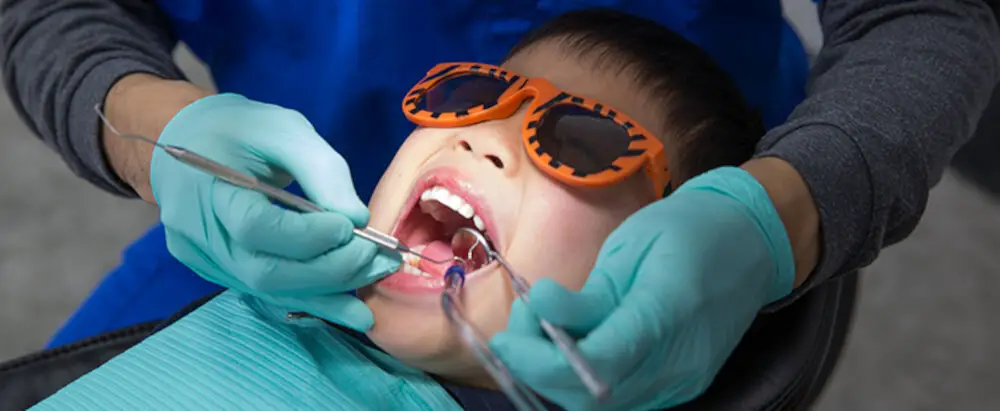
In conclusion, having gaps in teeth can be a source of insecurity and self-consciousness for many individuals. However, there are various effective solutions available to fix these gaps and restore confidence in one’s smile. From orthodontic treatments such as braces and clear aligners to cosmetic options like veneers and bonding, there is a solution for everyone. It is important to consult with a dental professional to determine the best option for your specific needs and budget. With the advancements in modern dentistry, saying goodbye to gaps in teeth has never been easier. Embrace the possibilities and confidently show off your new smile.
